Several years ago, a TikTok-famous Sheepadoodle named Bunny stared at herself in a mirror and asked, “Who is this?” by tapping her paws on her augmentative and alternative communication (AAC) device’s buttons. The video of her evidently pondering her existence sparked a series of humorous memes suggesting that she was having an existential crisis.
But beyond the comedic value, Bunny’s possible existential crisis also resurfaced a scientific debate: can dogs pass the “mirror test”?
What scientists call the mirror test is used to determine whether an animal has the ability of visual self-recognition, which is considered a marker of intelligence in animals. The was developed by psychologist Gordon Gallup in 1970, and involves placing a visual marker — like a red spot — on an animal’s body. Scientists proceed to observe what happens when the animal is placed in front of the mirror, watching the animal’s reaction both to their reflection with and without the marker. If an animal passes the mirror test, they will usually adjust their body position in a way so they can get a better look at the marker on their body and pay more attention to that part of their body. This suggests that the animal knows something is different about their reflection.
Previous scientific evidence suggests that dogs do not recognize themselves in the mirror, Bunny’s debatable case aside. But while dogs are still up for debate, there are eight animals that scientists say have passed the mirror test. That suggests that these animals are among the most self-aware of all species on Earth, and may be humans’ peers from an intelligence standpoint.
Chimpanzees
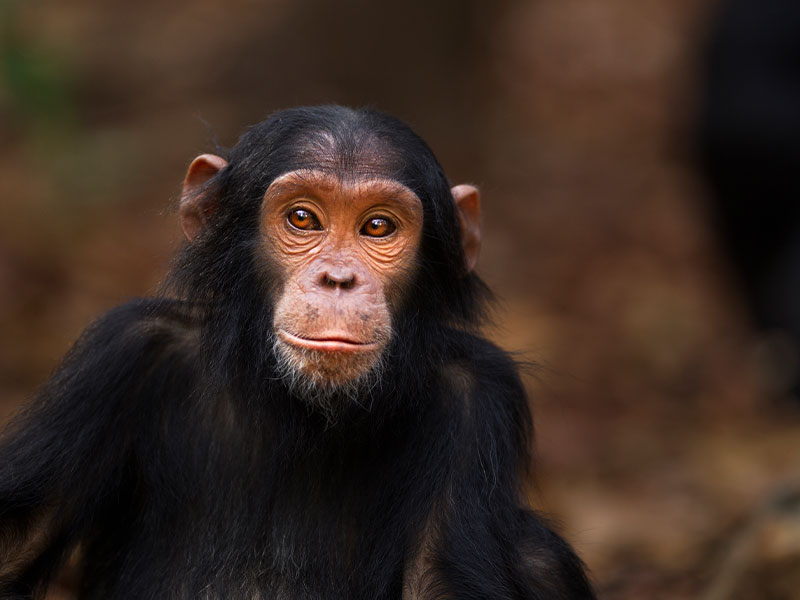 Chimpanzee (Getty Images/Anup Shah)
Chimpanzee (Getty Images/Anup Shah)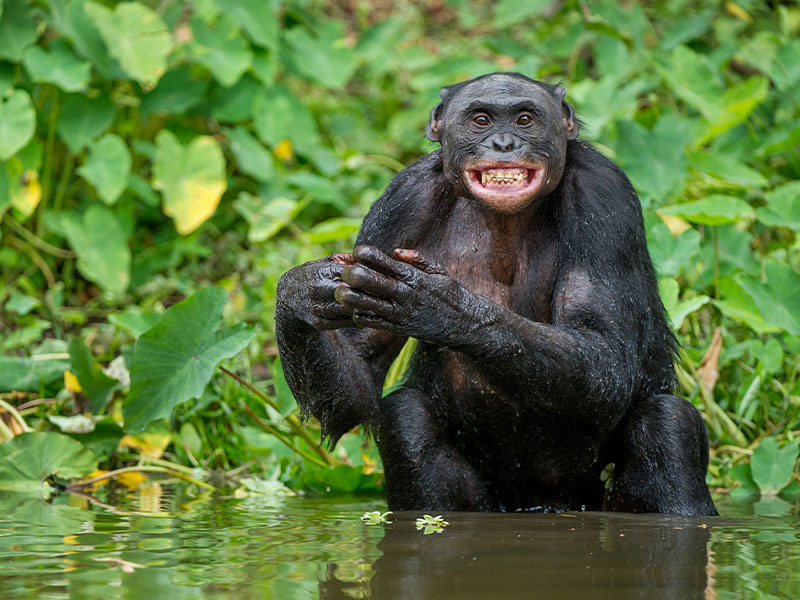 Bonobo (Getty Images/USO)
Bonobo (Getty Images/USO)“Nine bonobos were presented alternately with the reflective and non-reflective sides of a mirror,” scientists wrote in a 1994 paper published in the International Journal of Primatology. The study involved a standard mirror test in which bonobos were given mirrors and their reactions observed.
Researchers continued: “The apes exhibited considerable interest in the mirror, and immature animals exhibited higher frequencies of contingent action and inactive looking than did adults; four animals used the mirror to inspect parts of their bodies that were otherwise not visible to them, indicating that bonobos are capable of self-recognition.”
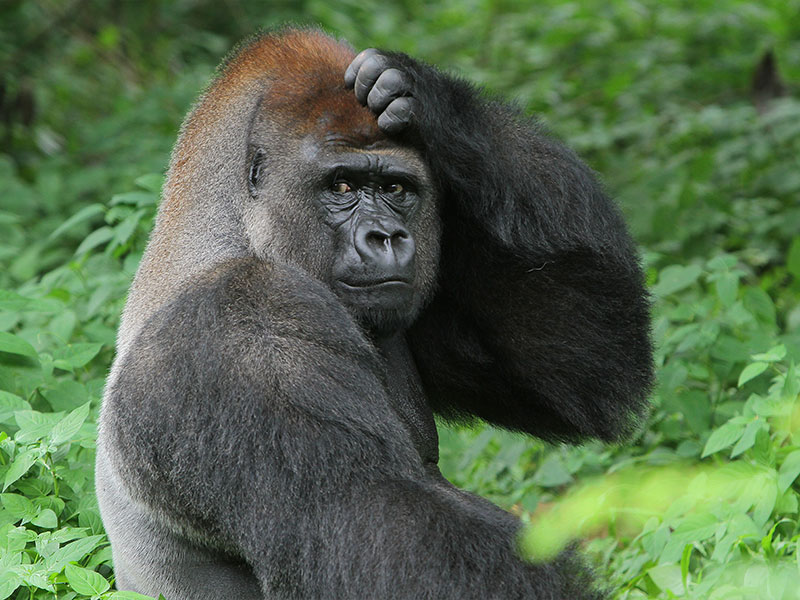 Gorilla (Getty Images/Janpiter Frans S/EyeEm)
Gorilla (Getty Images/Janpiter Frans S/EyeEm)In 1993, Francine Patterson and Wendy Gordon contributed a paper to a larger book about great apes. Their paper, titled “The Case for the Personhood of Gorillas,” included details of a mirror test given to Koko, then a 20-year-old lowland gorilla and possibly the most famous gorilla to have ever lived owing to her ability to learn sign language.
“We gave a comparable mirror test to Koko in which she demonstrated for the first time that gorillas, too, are capable of mirror self-recognition,” the two researchers wrote. “As she attempted to remove the paint, she also spent the most time viewing her reflection during the session in which she was marked; it is evident that Koko recognised the altered image as her own.”
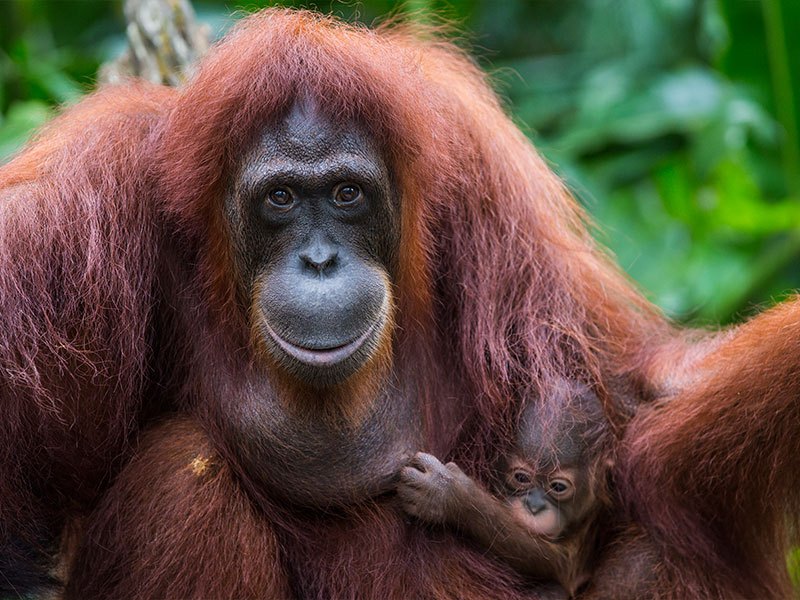 Orangutan (Getty Images/Manoj Shah)
Orangutan (Getty Images/Manoj Shah)By 1981, the mirror test was well recognized as a marker of an animal’s ability to recognize oneself in the mirror. Gordon G. Gallup Jr. wrote in a paper that while it was still debatable if gorillas could pass the mirror test, orangutans did.
“Although most primates appear incapable of learning that their behavior is the source of the behavior depicted in a mirror, the present study replicates previous reports showing that both chimpanzees and orangutans are capable of self-recognition,” researchers concluded.
Bottlenose Dolphins
 Bottlenose Dolphin (Getty Images/Stuart Westmorland)
Bottlenose Dolphin (Getty Images/Stuart Westmorland)In a study with two male bottlenose dolphins, researchers found that they were able to react to themselves in the mirror when have a marker placed on them. These reactions included head circling, close viewing of the eye and a delay in approaching the mirror. Notably, these dolphins appeared to have the ability of self-recognition earlier than other animals who have passed the mirror test.
“Our results indicate that self-directed behavior at a mirror emerged in a dolphin at 7 months of age, much earlier than has been reported for humans and chimpanzees,” researchers stated. “Both dolphins exhibited predominantly self-directed behavior at the mirror after minimal mirror exposure and both passed subsequent mark tests.”
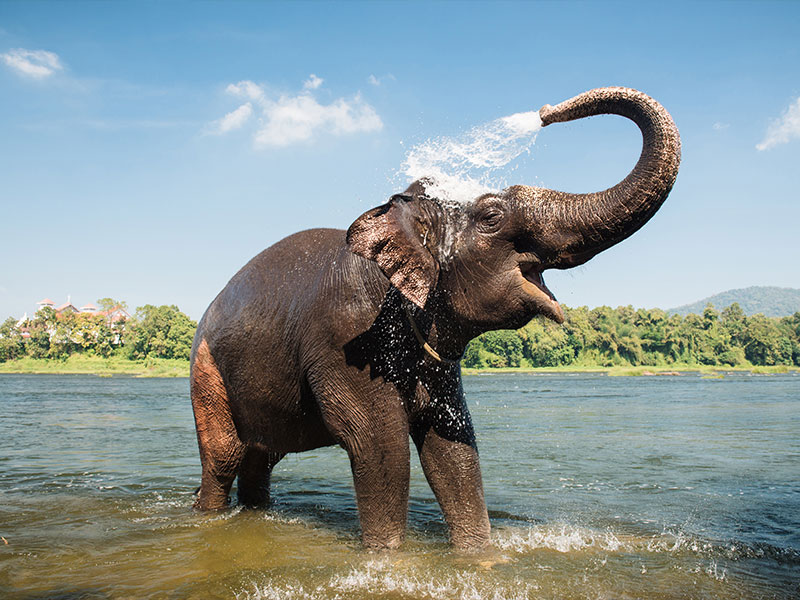 Asian Elephant (Getty Images/Gilitukha)
Asian Elephant (Getty Images/Gilitukha)In 2006, three Asian elephants were given the mirror test at New York City’s Bronx Zoo. Scientists placed the visual markers on the elephants’ heads.
“Here, we report a successful MSR elephant study and report striking parallels in the progression of responses to mirrors among apes, dolphins and elephants,” researchers stated. “These parallels suggest convergent cognitive evolution most likely related to complex sociality and cooperation.”
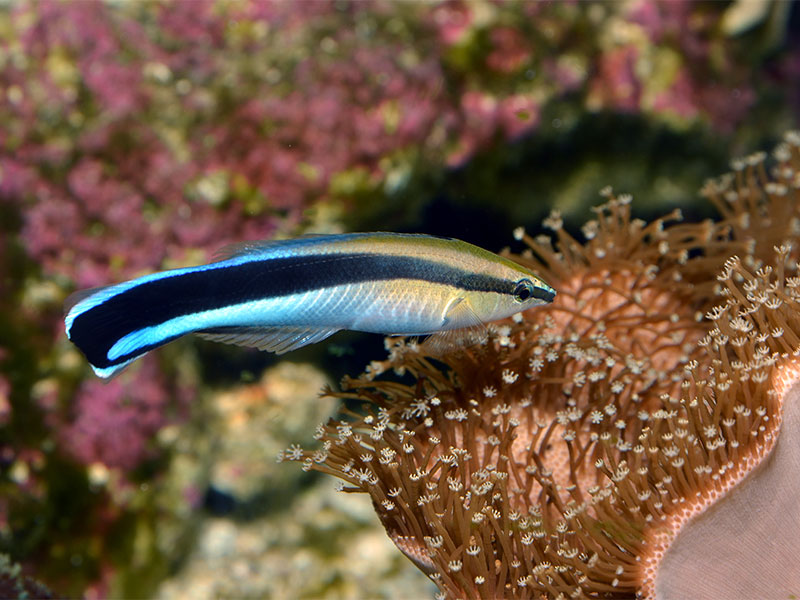 Cleaner Wrasse (Getty Images/marrio31)
Cleaner Wrasse (Getty Images/marrio31)In 2019, cleaner wrasses — which are tiny tropical reef fish — were the first fish to pass the mirror test.
“When subsequently provided with a colored tag in a modified mark test, fish attempt to remove the mark by scraping their body in the presence of a mirror but show no response towards transparent marks or to coloured marks in the absence of a mirror,” researchers stated.
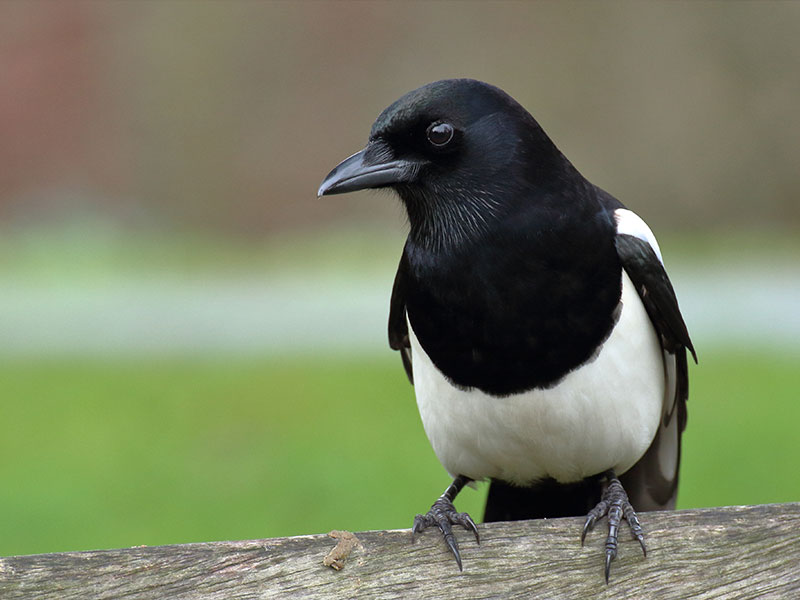 Magpie (Getty Images/Dieter Waschbüsch/EyeEm)
Magpie (Getty Images/Dieter Waschbüsch/EyeEm)In 2008, Eurasian magpies were the first non-mammals to pass the mirror test, raising questions about the neuroscience of self-recognition.
“Our findings provide the first evidence of mirror self-recognition in a non-mammalian species,” researchers stated. “They suggest that essential components of human self-recognition have evolved independently in different vertebrate classes with a separate evolutionary history.”


